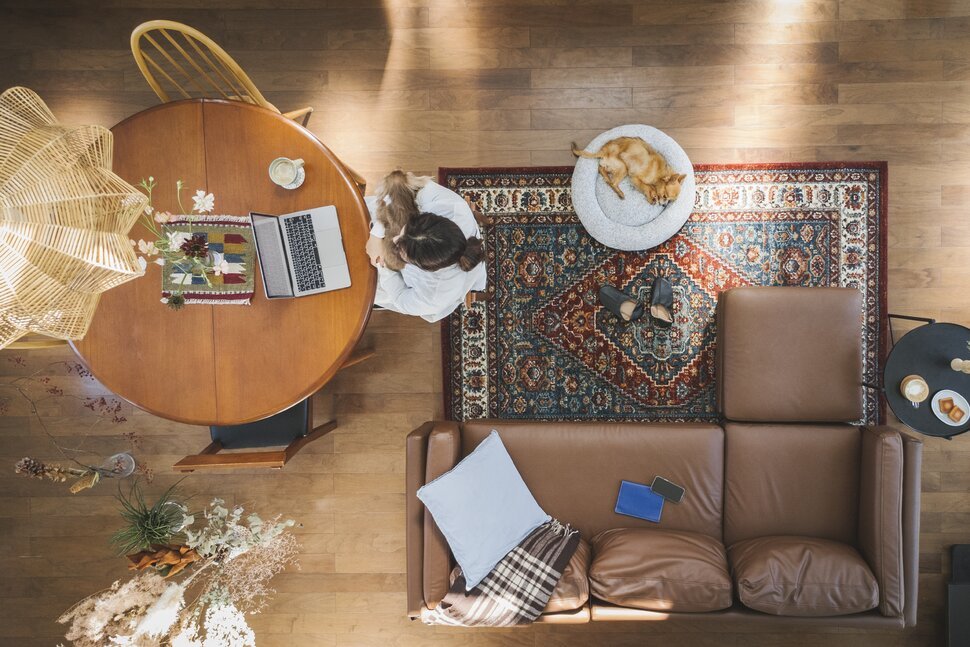Home stagers excel at showcasing the best features of any space. For those interested in small properties, learning from their techniques can help make compact spaces feel more expansive. Here’s how buyers can apply these strategies:
Strategic Furniture Selection and Placement
Choosing and arranging furniture wisely is crucial in small spaces. Opt for multi-functional pieces to minimize clutter and maximize floor area. For example, sofas with built-in storage or dining tables that double as workspaces can enhance both style and functionality. Arrange furniture to maintain a clear flow and avoid blocking pathways. Selecting pieces with exposed legs or glass surfaces can also create a sense of openness.
Lighting and Color Palette
Lighting significantly affects how spacious a room feels. Maximize natural light by keeping windows clear and using light, sheer window treatments. Mirrors placed opposite windows can reflect light and give the illusion of more space. In terms of color, light and neutral tones—like whites, creams, and pastels—can make a room feel larger by reflecting light and making walls seem to recede. Dark colors, on the other hand, can make a space feel smaller. Adding color through accessories or artwork can inject personality without overwhelming the room.

Smart Storage Solutions
Effective storage solutions are essential for keeping small spaces organized. Use vertical space with tall shelves or bookcases to draw the eye upward. Built-in storage and multifunctional furniture with hidden compartments help keep clutter at bay while maintaining accessibility. Optimize closet and cabinet space with organizers like hanging shelves, stackable bins, or under-bed storage to make the most of every inch.
Creating Visual Continuity
Maintaining visual continuity helps create a cohesive environment. Use consistent flooring or rugs to link different areas and avoid jarring transitions between rooms. A unified color scheme or design elements that flow throughout the space can enhance a sense of harmony and spaciousness. Incorporate symmetry and balance by arranging furniture around focal points and grouping similar decorative items for visual interest without overcrowding.
Maximizing Outdoor Spaces
If your small space includes outdoor areas like a balcony or patio, treat them as extensions of your living space. Furnish these areas with appropriately scaled furniture and accessories to create additional spaces for relaxation or entertainment. Choose lightweight or foldable furniture to easily adapt the space for various uses.
Tips for Buyers
When evaluating small spaces, focus on properties with ample natural light and flexible layouts that accommodate multi-functional furniture and storage solutions. Consider how well the layout supports an open, interconnected feel rather than a series of isolated rooms. Visualize how your own furniture and belongings will fit within the space to assess its potential.
Transforming small spaces into inviting and functional areas requires creativity and strategic planning. By applying these stager-inspired techniques, you can enhance the usability and appeal of compact interiors, making them both comfortable and stylish.




